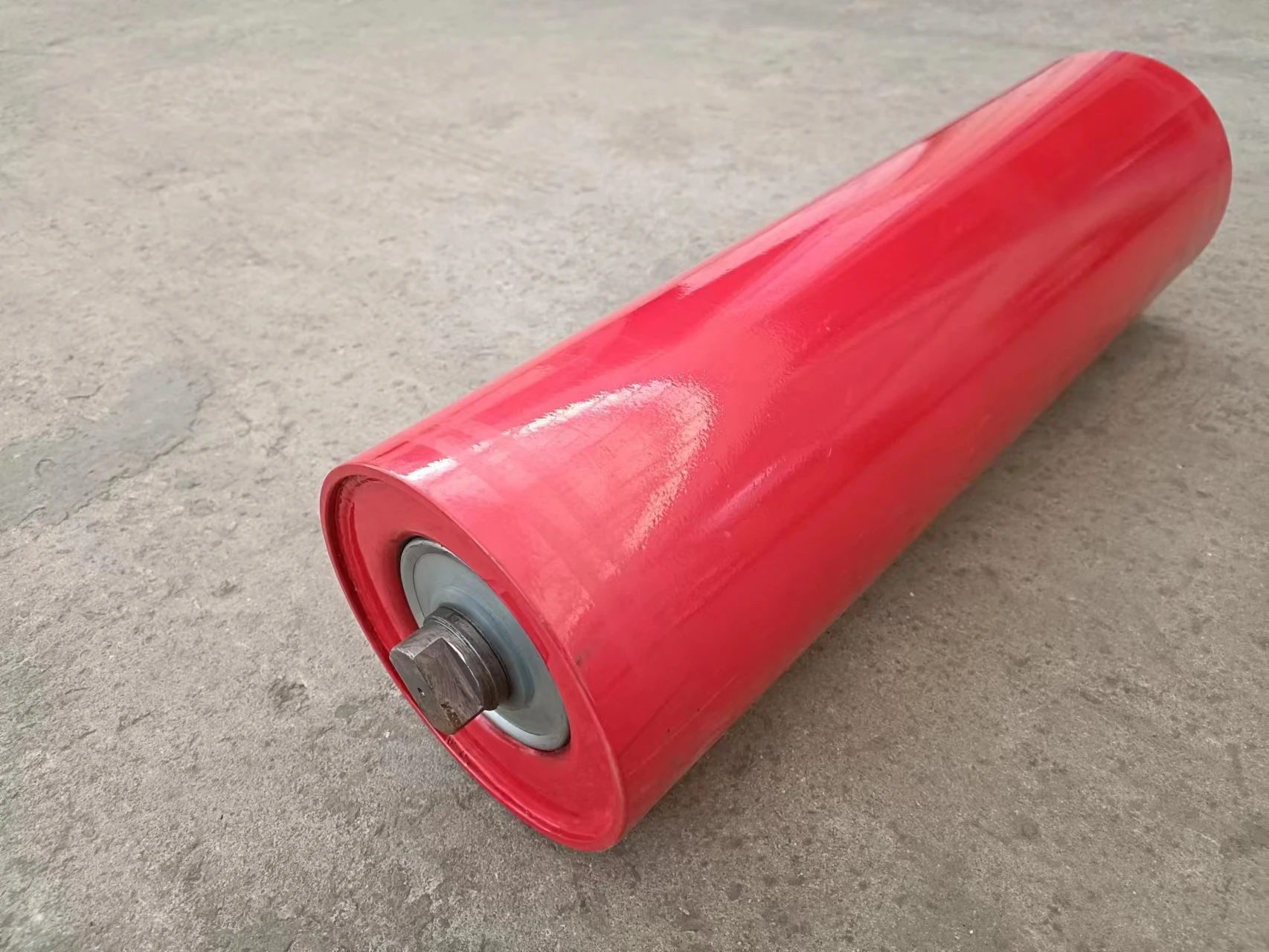 Afrikaans
Afrikaans  Albanian
Albanian  Amharic
Amharic  Arabic
Arabic  Armenian
Armenian  Azerbaijani
Azerbaijani  Basque
Basque  Belarusian
Belarusian  Bengali
Bengali  Bosnian
Bosnian  Bulgarian
Bulgarian  Catalan
Catalan  Cebuano
Cebuano  Corsican
Corsican  Croatian
Croatian  Czech
Czech  Danish
Danish  Dutch
Dutch  English
English  Esperanto
Esperanto  Estonian
Estonian  Finnish
Finnish  French
French  Frisian
Frisian  Galician
Galician  Georgian
Georgian  German
German  Greek
Greek  Gujarati
Gujarati  Haitian Creole
Haitian Creole  hausa
hausa  hawaiian
hawaiian  Hebrew
Hebrew  Hindi
Hindi  Miao
Miao  Hungarian
Hungarian  Icelandic
Icelandic  igbo
igbo  Indonesian
Indonesian  irish
irish  Italian
Italian  Japanese
Japanese  Javanese
Javanese  Kannada
Kannada  kazakh
kazakh  Khmer
Khmer  Rwandese
Rwandese  Korean
Korean  Kurdish
Kurdish  Kyrgyz
Kyrgyz  Lao
Lao  Latin
Latin  Latvian
Latvian  Lithuanian
Lithuanian  Luxembourgish
Luxembourgish  Macedonian
Macedonian  Malgashi
Malgashi  Malay
Malay  Malayalam
Malayalam  Maltese
Maltese  Maori
Maori  Marathi
Marathi  Mongolian
Mongolian  Myanmar
Myanmar  Nepali
Nepali  Norwegian
Norwegian  Norwegian
Norwegian  Occitan
Occitan  Pashto
Pashto  Persian
Persian  Polish
Polish  Portuguese
Portuguese  Punjabi
Punjabi  Romanian
Romanian  Russian
Russian  Samoan
Samoan  Scottish Gaelic
Scottish Gaelic  Serbian
Serbian  Sesotho
Sesotho  Shona
Shona  Sindhi
Sindhi  Sinhala
Sinhala  Slovak
Slovak  Slovenian
Slovenian  Somali
Somali  Spanish
Spanish  Sundanese
Sundanese  Swahili
Swahili  Swedish
Swedish  Tagalog
Tagalog  Tajik
Tajik  Tamil
Tamil  Tatar
Tatar  Telugu
Telugu  Thai
Thai  Turkish
Turkish  Turkmen
Turkmen  Ukrainian
Ukrainian  Urdu
Urdu  Uighur
Uighur  Uzbek
Uzbek  Vietnamese
Vietnamese  Welsh
Welsh  Bantu
Bantu  Yiddish
Yiddish  Yoruba
Yoruba  Zulu
Zulu carry idler
The Concept of Carry Idler A Deep Dive
In the realm of engineering and mechanics, particularly in machinery design, the notion of carry idler emerges as a critical topic that warrants exploration. The term idlers generally refers to components or devices that support moving parts without being directly driven by them. Carry idlers specifically serve a dual function they support the load being transported and facilitate the movement of that load through a system, such as a conveyor belt. This article aims to elucidate the importance of carry idlers, their applications, and the factors that influence their design and efficiency.
The Role of Carry Idlers
Carry idlers are fundamental in various industrial applications, primarily due to their role in material handling systems. These components are strategically positioned along the length of conveyor belts to maintain the correct belt tension and alignment while carrying bulk materials. By reducing friction and offering support, carry idlers help in minimizing the power required to move materials, ultimately enhancing the efficiency of the entire system.
Moreover, carry idlers play a crucial role in prolonging the lifespan of conveyor belts
. By providing consistent support, they prevent excessive wear and tear on the belts, which can lead to costly downtimes and repairs. The design and material selection of these idlers directly affect not only the functionality of the conveyor system but also its operational costs over time.Types of Carry Idlers
Carry idlers come in various types, each designed for specific applications and environments. Some of the most common types include
1. Standard Carry Idlers These are the most widely used idlers, typically featuring three rollers and designed to support lightweight to medium loads. They are perfect for general distribution in various industries.
2. Heavy-Duty Carry Idlers As the name implies, these idlers are built to handle heavier loads and are commonly found in mining and quarrying operations where the demand for durability is high.
carry idler

3. Garland Idlers Utilizing a unique design where the idler rolls are arranged in a cascading manner, garland idlers are ideal for loading applications where material flows might present challenges.
4. Anti-Runaway Idlers These specialized idlers are designed to prevent materials from spilling off the conveyor belt during movement, ensuring a smoother operation in sensitive environments.
Factors Influencing the Design of Carry Idlers
Several critical factors influence the design and efficiency of carry idlers. One of the primary considerations is the load capacity. Engineers must ensure that the idlers can handle the maximum expected load without compromising performance. Additionally, environmental factors, such as exposure to moisture, temperature fluctuations, and chemical exposure, play a vital role in the material selection for idlers.
Friction is another crucial consideration. The design must aim to minimize friction between the idler and the conveyor belt. This not only aids in reducing the energy consumption of the system but also contributes to smoother material handling.
Lastly, maintenance requirements are an important factor. Carry idlers should be easy to inspect and maintain to ensure long-term reliability and performance. Regular maintenance can preemptively address issues that might lead to equipment failure.
Conclusion
In summary, carry idlers are indispensable components of material handling systems, providing essential support and functionality in various industrial applications. Understanding their design, types, and the factors that influence their efficiency is crucial for engineers and technicians seeking to optimize conveyor systems. By investing in high-quality carry idlers and focusing on proper design considerations, companies can enhance productivity and reduce operational costs, ultimately leading to more efficient and reliable machinery setups.
-
Revolutionizing Conveyor Reliability with Advanced Rubber Lagging PulleysNewsJul.22,2025
-
Powering Precision and Durability with Expert Manufacturers of Conveyor ComponentsNewsJul.22,2025
-
Optimizing Conveyor Systems with Advanced Conveyor AccessoriesNewsJul.22,2025
-
Maximize Conveyor Efficiency with Quality Conveyor Idler PulleysNewsJul.22,2025
-
Future-Proof Your Conveyor System with High-Performance Polyurethane RollerNewsJul.22,2025
-
Driving Efficiency Forward with Quality Idlers and RollersNewsJul.22,2025





























